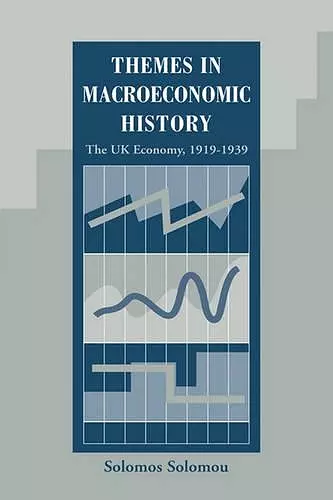Themes in Macroeconomic History
The UK Economy 1919–1939
Format:Paperback
Publisher:Cambridge University Press
Published:18th Apr '96
Currently unavailable, and unfortunately no date known when it will be back

Surveys the key macroeconomic questions that arise from the British economy 1919 to 1939.
The period between the two World Wars was remarkable; mass unemployment, protectionism, diverse exchange rate regimes, the disintegration of world trade, poor growth prospects and high business cycle volatility. This comprehensive textbook surveys key questions arising from the British economy from 1919 to 1939: Why was unemployment so high? Did a fast transition to the pre-1913 gold parity lead to a low growth equilibrium? Why were interwar business cycles so volatile? Did tariffs stimulate economic recovery in the 1930s? A comparative approach is adopted throughout. For example, the question of gold parity is contrasted with countries that allowed their currencies to depreciate. The book is aimed primarily at students studying economic history. The book continually applies economic theory to historical examples enabling students to evaluate the relevance of competing theoretical frameworks.
'This book deserves to match its main aim of introducing students of economics to the study of economic history. For economic historians it will serve to exemplify the limitations of economic theory and statistical analysis when applied to the somewhat intractable nature of historical evidence.' B. W. E. Alford, English Historical Review
ISBN: 9780521436212
Dimensions: 229mm x 152mm x 12mm
Weight: 310g
208 pages